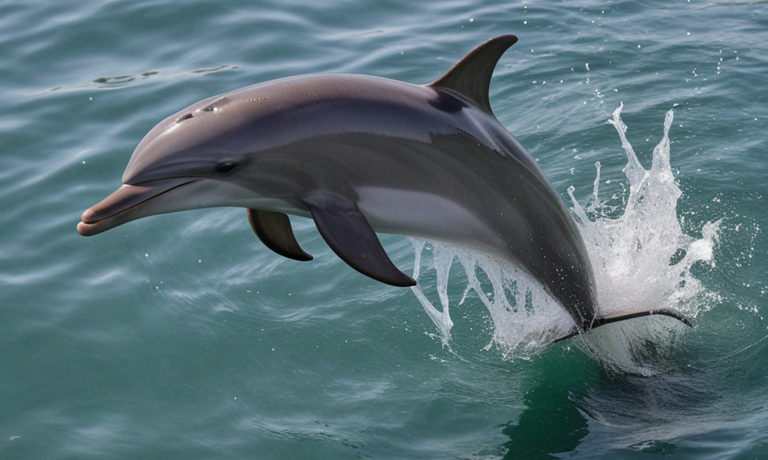Hive is a rather complicated blockchain system, with plenty of complex terminology to wrap your head around.
In the last article, we talked about how earning works on Hive, and mentioned that a portion of the token inflation is awarded to stakers (ie: those users who have "powered up" their $HIVE into HP).
How this "interest" is applied to your account depends on a number of factors, however, and what really counts is how many "VESTS" you have.
There are plenty of posts that have covered this topic in the past (which I'll link to at the bottom), but every now and then a refresher can be helpful, especially for newcomers.
Calculating Interest
As mentioned in the last article, 15% of the total HIVE inflation is awarded to stakers, as an incentive to keep them invested in the system.
Those users who leave their HIVE liquid (unstaked) receive none of the inflation.
However, simply multiplying the current inflation rate by 0.15 to determine your interest rate for holding HP will not work, because the real rate depends on how much of the total HIVE supply has been staked.
For example, imagine that a few whales decide to unstake (power down) their HP. In that case, your interest rate would rise, because the payments would now be distributed over less HP.
Conversely, if some whales were to stake (power up) a big chunk of HIVE tokens, then your interest rate would go down, because the rewards would now be distributed over more HP.
What are VESTS?
According to the Hive developer documentation VESTS are:
The fundamental unit of accounting that Hive Power is derived from
The Hive Power you see on a front-end (like PeakD or Hive.blog) is actually called VESTS on the back-end (blockchain). When you power up (stake) you are exchanging liquid HIVE for VESTS.
You can think of VESTS as the gold of the system, representing unchanging wealth and influence (VESTS are what give you voting power). As time goes on, VESTS become worth more and more HIVE, due to the system's constant inflation.
Imagine a user who leaves their HIVE tokens powered up as HP, but doesn't create or curate content. In such case, they will see their HP increase over time, but the amount of VESTS they have will remain constant.

Minnows and Dolphins
As you accumulate HP over time, you may eventually receive a notification that you have advanced to "minnow" or "dolphin" status on the Hive blockchain.
Some people are under the false impression that you have to accumulate a certain amount of HP to become a minnow or a dolphin, when in reality it takes exactly 1,000,000 VESTS to become a minnow, 10,000,000 VESTS to become a dolphin, etc.
The amount of HP needed to become a minnow or a dolphin is constantly rising, but the number of VESTS required remains constant.
By the way, you can see the number of VESTS you have by checking a Hive block explorer, searching your username, and looking for "vesting shares".
Delegating Your Hive Power
What happens if you delegate your HP to another user? Will they end up getting your 15% staking rewards?
In such case, your delegated HP will increase according to the inflation rate, and if you were to undelegate, all of the accrued HP would be returned to your account.
Until next time...
If you learned something new from this article, be sure to check out my other posts on crypto and finance here on the HIVE blockchain. You can also follow me on InLeo for more frequent updates.
Resources
preparedwombat's post [1]
revisesociology's post [2]
yabapmatt's post [3]
dalz's post [4]
Images Courtesy of Venice AI [5]
Posted Using InLeo Alpha